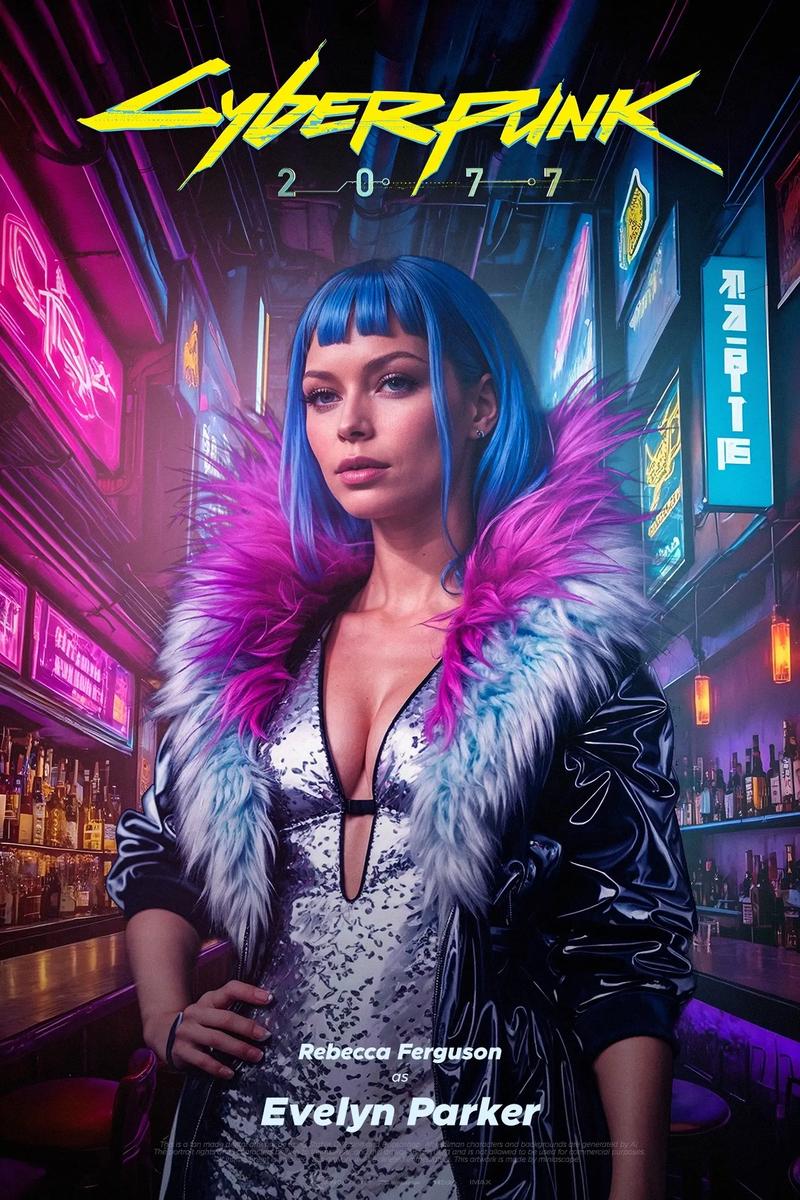Of all the genres in the interactive medium, few pairings are as volatile, yet as tantalizing, as action and horror. They are opposing forces; one empowers the player as a near-unstoppable force, the other seeks to disempower and instill a sense of vulnerability. When a studio attempts to fuse them, the result is often a fascinating case study in design philosophy and player reception. Flying Wild Hog’s and Focus Entertainment’s Evil West stands as a prime example—a game that wholeheartedly embraces its bombastic, pulp-action identity, earning a score from critics and players that largely reflects a successful, if not revolutionary, execution of its core promise: relentless, satisfying combat in a deliciously dark fantasy world.

From the outset, Evil West makes no apologies for what it is. It is a power fantasy draped in the aesthetic trappings of horror. Set in an alternate history Wild West where vampires and grotesque monstrosities infest the frontier, the player steps into the heavy boots of Jesse Rentier, a gruff vampire hunter armed not with subtlety, but with a staggering arsenal of steampunk-inspired weaponry. The setting is pure horror: desolate towns, shadowy mines, and gore-soaked lairs are the playgrounds. The enemies are classic horror icons—vampires, ghouls, and abominations ripped from a nightmare. Yet, the moment-to-moment gameplay is anything but horrific in the traditional sense of helplessness. This deliberate choice is the central axis around which its critical reception spins.
The critical consensus, reflected in its solid "generally favorable" aggregate scores, overwhelmingly praises Evil West’s combat system as its crowning achievement. Reviewers and players alike highlight the sheer visceral satisfaction of its mechanics. Jesse is a whirlwind of destruction, seamlessly chaining together lightning-fueled gauntlet punches, shotgun blasts, rifle shots, and a variety of brutal executions. The combat is deep, encouraging aggressive, in-your-face tactics. Parries, dodges, and a versatile toolset create a rhythm that feels more akin to character-action games like Devil May Cry than survival-horror titles like Resident Evil. This is where the "action-horror" label is defined by action first, horror second. The horror provides the context, the atmosphere, and the cannon fodder, but the power dynamic is firmly in the player’s hands.
This focus on empowerment is the primary source of its acclaim but also the root of most critiques. For players and critics seeking a tense, atmospheric horror experience, Evil West was a misstep. It does not aim to scare you in the way a Amnesia: The Dark Descent or even the more action-oriented Dead Space does. The fear is not of the unknown or of resource scarcity; it is the exhilarating fear of being momentarily overwhelmed by a horde of enemies before you unleash a super-powered ability that vaporizes them all. The score reflects this divide: high marks for fun, combat, and style, with lower marks from those who found the narrative predictable, the levels linear, or the lack of genuine horror a disappointment. It was judged not for failing as a horror game, but for not being one in the first place, a crucial distinction in understanding its reception.
Furthermore, the cooperative gameplay feature significantly impacted its player-driven reception. While the critical reviews focused on the single-player experience, the word-of-mouth and community scores were buoyed by players who dove into the campaign with a friend. Experiencing the chaotic, screen-filling combat with a partner amplified the game’s greatest strength—its unadulterated fun—and mitigated some of its weaknesses, such as the occasionally repetitive mission structure. The camaraderie of battling through the darkness together transformed the experience from a solitary power trip into a shared, memorable romp, solidifying its status as a fantastic "buddy" game.
The narrative and world-building, while not hailed as narrative masterpieces, were generally received as effective and appropriate. The story is a straightforward tale of good versus evil, told with a B-movie charm that perfectly complements the over-the-top action. The voice acting is earnest, the characters are archetypal, and the plot serves its purpose: to move Jesse from one spectacular set-piece to the next. It doesn’t aspire to be The Last of Us; it aspires to be a playable grindhouse film, and in that, it succeeds admirably. Critics acknowledged this, often noting that the narrative, while simple, had a certain pulpy charisma that fit the game's identity.
In conclusion, the reception and resulting score of Evil West paint a clear picture: it is a game celebrated for its confident and excellently crafted action core, dressed in a compelling horror aesthetic. Its "score" is not a measure of its success as a traditional horror experience, but as a robust and incredibly fun action game that uses horror as its stage and its actors. It is a testament to the idea that a game can wear the "horror" label not through mechanics of fear and vulnerability, but through theme, atmosphere, and enemy design, all in service of a empowering power fantasy. Flying Wild Hog understood their goal—to create a relentless, gory, and satisfying combat loop within a cool universe—and they executed it with precision. For the majority of players and critics, that execution was more than enough to warrant a strong, positive score, securing Evil West’s place as a standout, if niche, title that delivers exactly what it promises: a hell of a good time in a very bad place.















